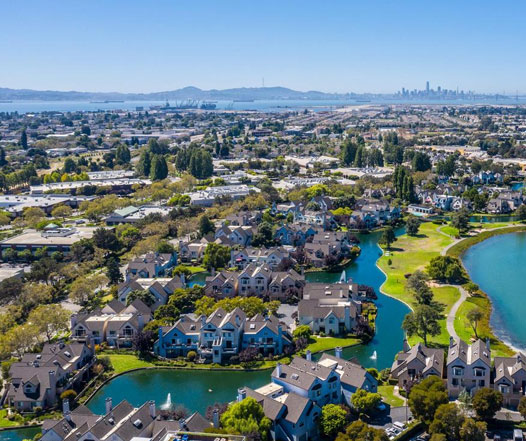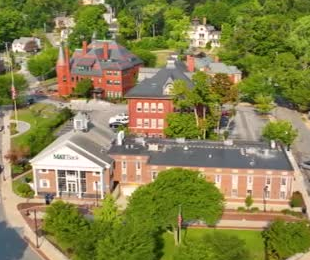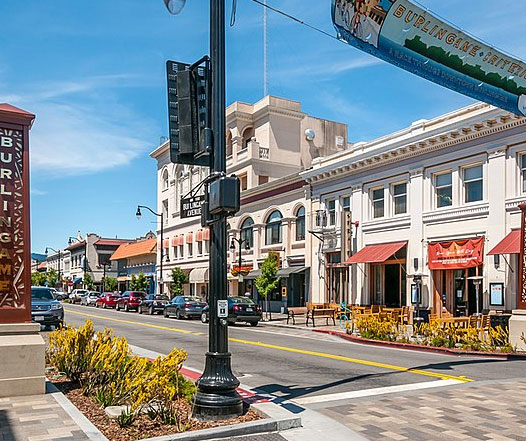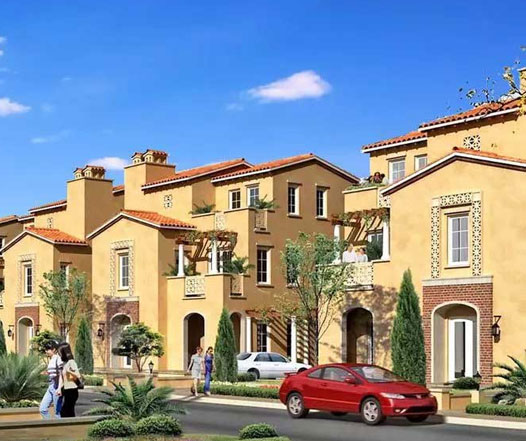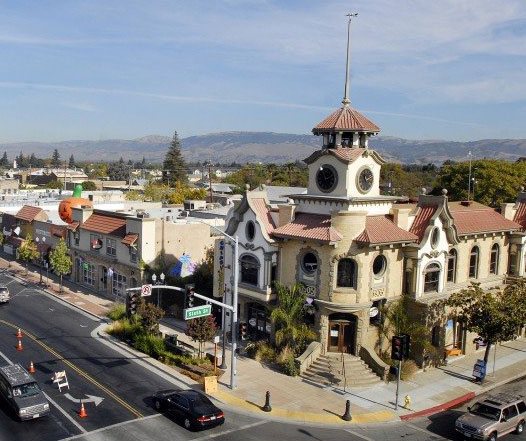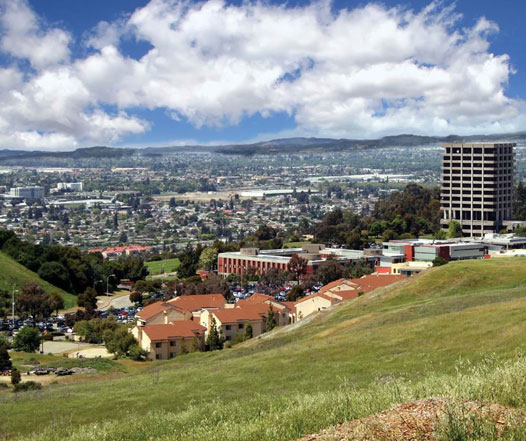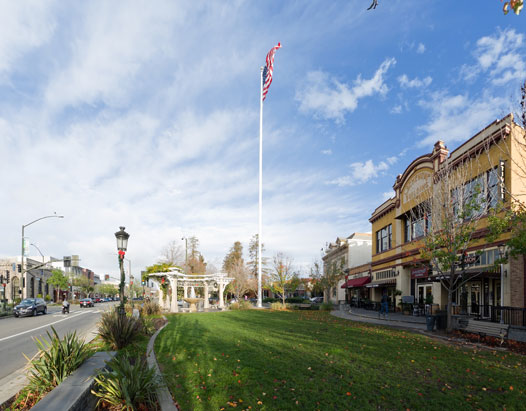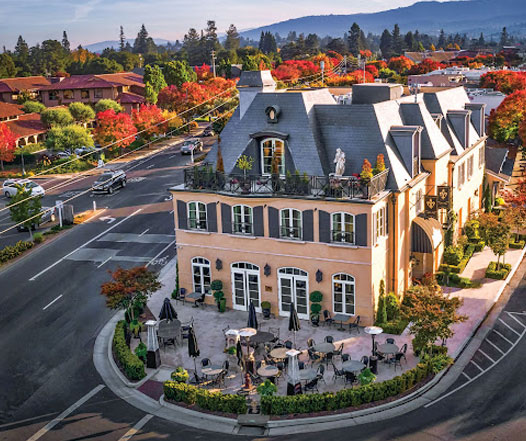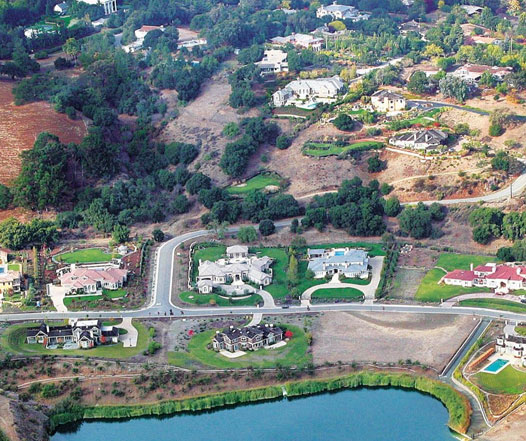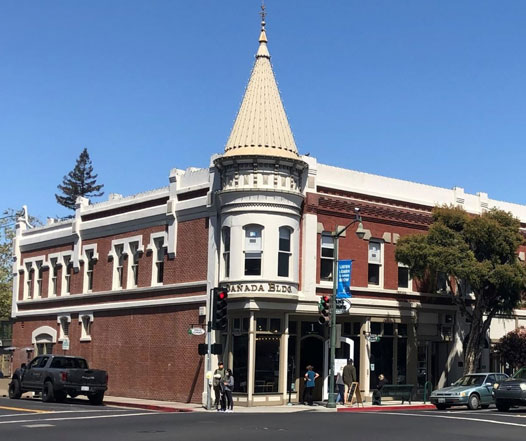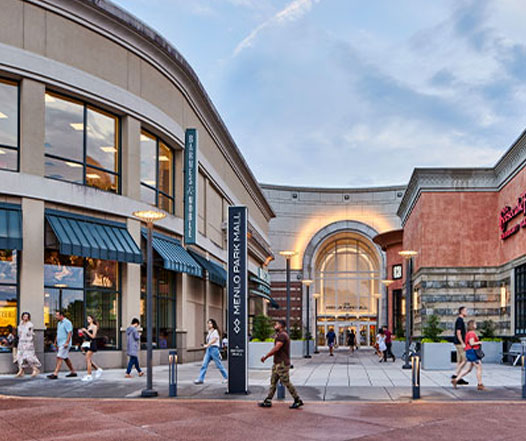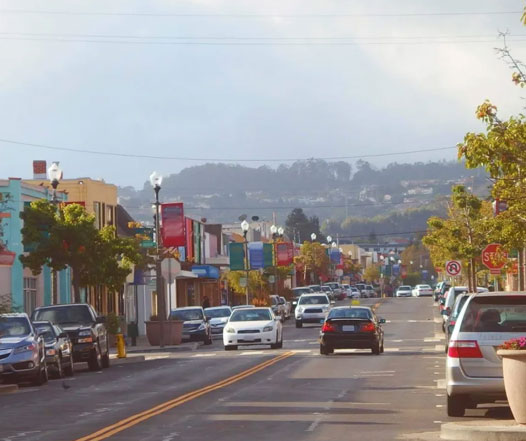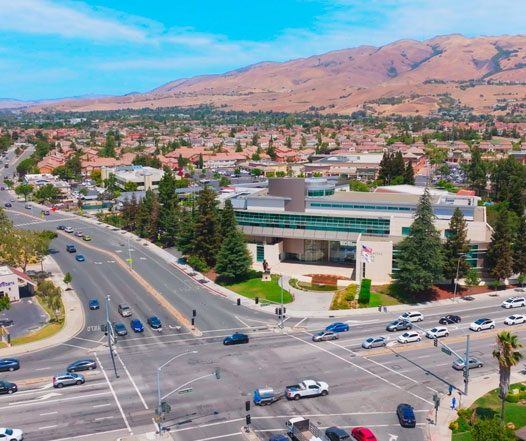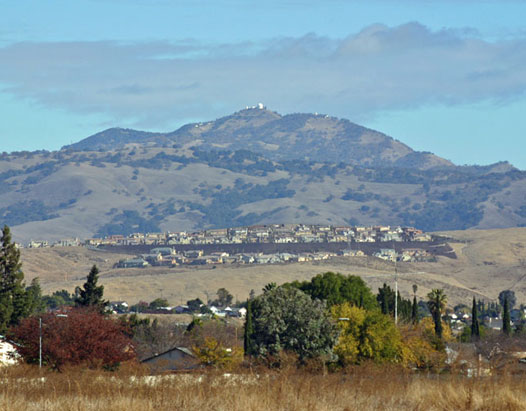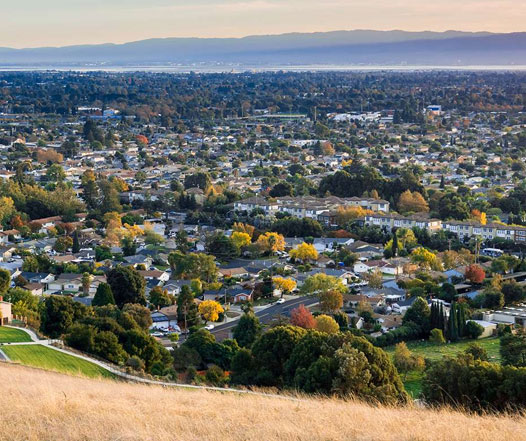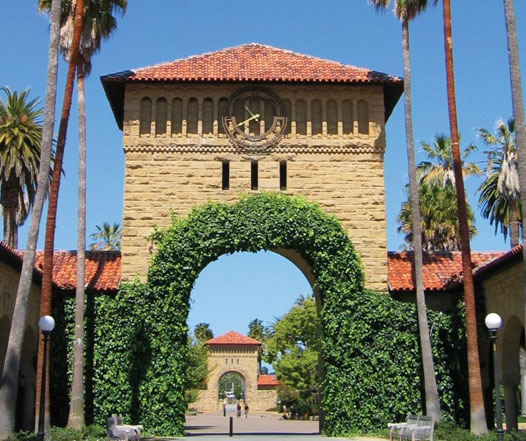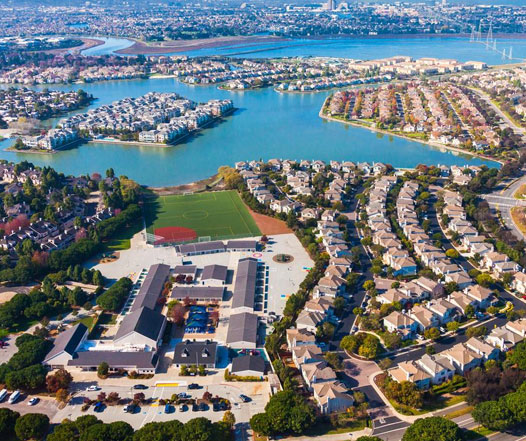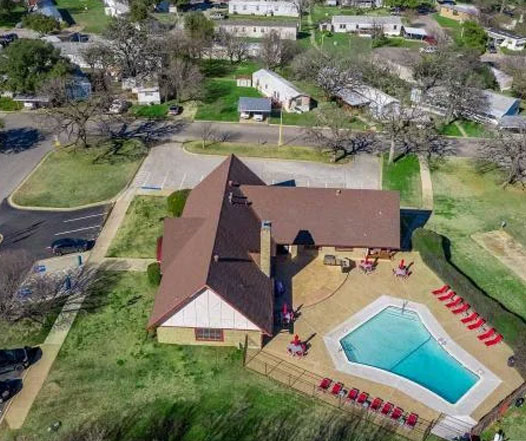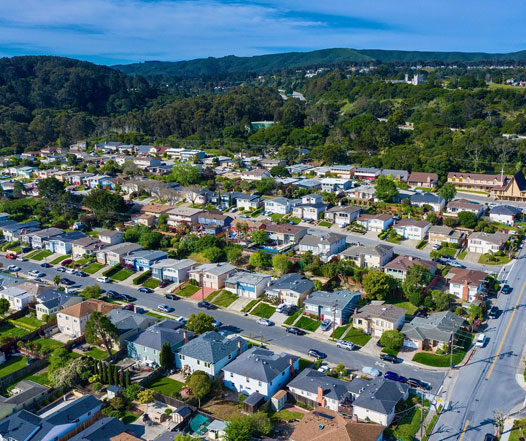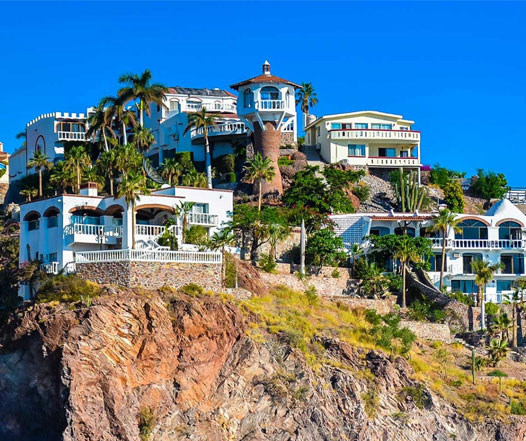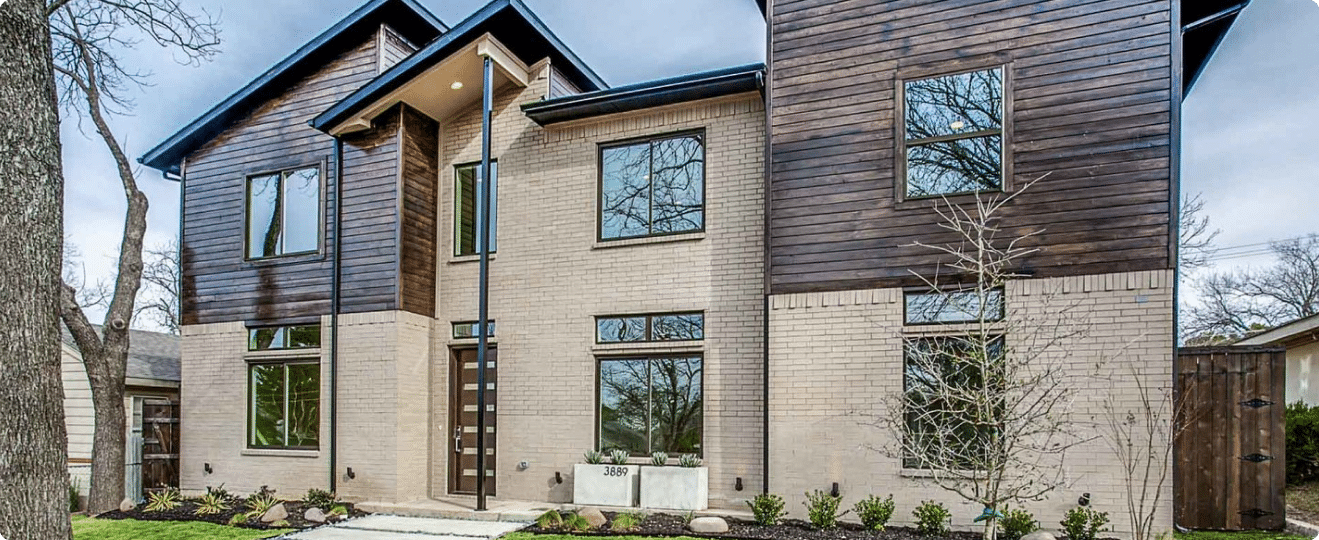
Introduction
Home addition projects in Pleasanton offer many benefits, from increasing living space to enhancing your home’s functionality. These additions not only provide extra room but also contribute to a more enjoyable living environment. With the right planning and design, a home addition can meet your family’s needs and match the charm of Pleasanton’s neighborhoods.
Vital Guidelines for Home Additions in Pleasanton
What is Permissible
Maximum Addition Size
The maximum size for a home addition varies by zone, typically up to 40% of the lot area.
Height Restrictions
Home additions can generally be up to two stories, with a maximum height of 30 feet.
Setback Requirements
Additions must maintain a minimum setback of 15 feet from the front property line.
Floor Area Ratio (FAR):
The FAR must not exceed 0.5, balancing size with open space.
Permitting Process Timeline
Standard
The standard permitting process takes about 4-6 weeks, depending on the complexity of the addition.
Historic Property
Permits for historic properties may take longer, around 8-10 weeks, to ensure compliance with preservation guidelines.
Crucial Zoning Regulations in Pleasanton
Understanding zoning regulations is key to a successful home addition.
Size Limitations for Home Additions
| Zoning District | Maximum Addition Size | Notes |
| Residential Low | 40% of lot area | Typical for single-family homes |
| Residential Medium | 35% of lot area | Suitable for multi-family zones |
| Mixed-Use | 50% of lot area | Combines residential and commercial |
Height Limitations
- Single-family zones: Additions may reach up to 30 feet, ensuring consistency with neighborhood aesthetics.
- Multi-family zones: Height is limited to 35 feet, allowing for greater density in appropriate areas.
Building Coverage Rules
The building coverage should not exceed 40% of the total lot area, preserving green space.
Location Requirements
- Front additions: Must be at least 20 feet from the front property line.
- Side additions: Require a minimum setback of 10 feet from side property lines.
- Rear additions: Must maintain a 15-foot distance from the rear property line.
Exterior Details
Materials and design should complement the existing structure, maintaining neighborhood character.
Parking
Additional parking spaces may be required, depending on the size of the home addition.
Guidelines for Obtaining Permits for Home Additions in Pleasanton
Navigating the permit process is crucial for compliance and project success..
| Permit Type | Description | Estimated Fee |
| Building Permit | Required for structural changes | $500 - $1,500 |
| Plan Check Fee | Review of construction plans | $200 - $600 |
| Electrical Permit | For new electrical installations | $100 - $300 |
| Plumbing Permit | Necessary for plumbing changes | $100 - $300 |
| Mechanical Permit | For HVAC additions | $100 - $300 |
| Planning Review | Ensures zoning compliance | $100 - $200 |
| School Impact Fee | Assessed for new developments | Varies by project |
Property Compliance Requirements
Ensuring your property meets all requirements is essential.
Parking
New additions may require additional parking spaces to accommodate increased occupancy.
Setbacks
Maintain all setback requirements to avoid encroachment on neighboring properties.
Open Space and Yards
Preserve adequate open space to ensure compliance with city regulations.
Eligible Properties for Home Additions
To determine your property’s eligibility for a home addition, check zoning and general plan designations.
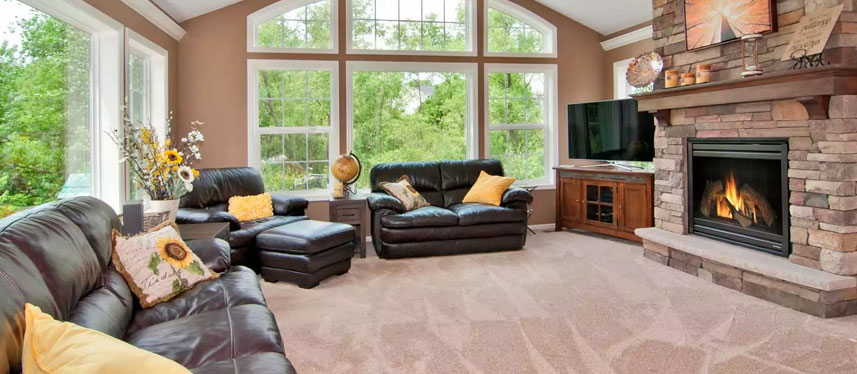
Other General Plan Designations That May Allow Home Additions
- Low-Density Residential: Allows home additions while maintaining the neighborhood feel.
- Medium-Density Residential: Supports larger additions, accommodating more residents.
- Mixed-Use: Provides flexibility for both residential and commercial purposes.
Development standards
Single-family Homes
Additions should complement existing architecture and not exceed a height of 30 feet.
Multi-family Properties
Must adhere to stricter guidelines, allowing up to 35 feet in height.
Historic Properties
Require careful planning to preserve historical integrity while making improvements.
Property Designations
- Flood Zones: Additions must comply with flood safety regulations, often requiring elevated structures.
- Liquefaction Zones: Special engineering may be needed to ensure structural stability in these areas.
- Historic Districts: Modifications must align with preservation standards, maintaining historical character.
- Coastal Zone: Requires adherence to environmental regulations to protect coastal ecosystems.
Summary
Home additions in Pleasanton can significantly improve your living space while adhering to local regulations. With careful planning and an understanding of zoning laws, you can enhance your home’s functionality and value, making it a better fit for your family’s needs.
FAQs
The maximum size of a home addition in Pleasanton is generally determined by the zoning district and the size of your lot. Most additions should not exceed 40% of the lot area to maintain balance between the built environment and open spaces. It’s essential to consult with the local planning department to understand specific size limitations and ensure that your addition fits within the allowable parameters.
While there aren’t strict requirements for materials, it’s recommended that the materials used for home additions in Pleasanton complement the existing structure. This includes using similar or harmonious colors, textures, and finishes to maintain neighborhood aesthetics.
Yes, a home addition in Pleasanton is often a sound investment. Adding square footage not only increases your living space but can also significantly boost your property’s market value. Prospective buyers often seek homes with ample space and modern amenities, making well-planned additions attractive selling points.
Environmental considerations are important for home additions in Pleasanton, especially in areas near water bodies or within designated environmental zones. Projects may need to adhere to specific regulations regarding stormwater management, erosion control, and the preservation of native vegetation.
When planning a home addition in Pleasanton, consider factors such as zoning regulations, building codes, and the overall design’s harmony with your existing home and neighborhood. It’s also important to assess your budget, the potential impact on your property’s value, and any necessary permits or approvals.
Yes, Pleasanton has specific height limitations for fences to ensure safety and maintain neighborhood aesthetics. Typically, fences in front yards are limited to 3 feet in height, while backyard fences can be up to 6 feet tall. These regulations help maintain visibility, especially near intersections, and provide privacy without obstructing views.
To determine if your property is located within a historic district in Pleasanton, consult the city’s planning department or visit the city’s official website, where maps and resources are available. Properties in historic districts may be subject to additional guidelines to preserve the architectural and cultural heritage of the area.
Yes, Pleasanton charges a planning review fee as part of the home addition process. This fee covers the cost of reviewing your plans to ensure they comply with local zoning and building regulations. The fee amount varies depending on the complexity of the project and is typically calculated based on the size and scope of the addition.
Setback requirements in Pleasanton ensure that home additions are appropriately distanced from property lines, promoting privacy and safety. Generally, the minimum front setback is 15 feet, while side setbacks range from 5 to 10 feet, depending on the zoning district. Rear setbacks are usually around 15 feet.
Pleasanton has design guidelines to ensure that home additions harmonize with the surrounding neighborhood. These guidelines often emphasize using materials, colors, and architectural styles that complement the existing home. Maintaining a cohesive appearance helps preserve neighborhood character and property values.
Installing solar panels during a home addition is encouraged in Pleasanton and can enhance your home’s energy efficiency. Permits are typically required, and it’s essential to ensure the roof structure of the addition can support the panels.
Pleasanton encourages landscaping that complements home additions and adheres to city guidelines. This includes maintaining a certain percentage of permeable surfaces to aid drainage and reduce runoff. Additionally, the use of drought-tolerant plants is recommended to conserve water.
Pleasanton offers several incentives for eco-friendly home additions, including potential tax credits and rebates for energy-efficient upgrades such as solar panels, high-efficiency HVAC systems, and water-saving fixtures. These incentives aim to promote sustainable building practices and reduce environmental impact.
While formal consent from neighbors isn’t required for a home addition in Pleasanton, it’s advisable to discuss your plans with them. Open communication can help address any concerns about privacy, views, or potential disruptions during construction.
If your property is located in a liquefaction zone, additional considerations are necessary for your home addition. Soil analysis and specialized engineering may be required to ensure the structural stability of the addition.
Window placement in home additions is subject to certain restrictions to maintain privacy and adhere to setback regulations. Windows overlooking neighboring properties may need to be strategically placed or use frosted glass to ensure privacy.
Fire safety is a crucial consideration for home additions in Pleasanton. Requirements typically include using fire-resistant materials, maintaining clear egress routes, and installing smoke detectors and fire alarms. Ensuring compliance with these safety standards protects your family and property and may also impact your home insurance rates.
